Matsunami Brewery - Discover The Sake Brewing Tradition Of Noto!

Established in 1868 in Noto, Matsunami Sake Brewery keeps to traditional techniques in brewing a range of quality sake for modern tastes. Pay a visit, take a tour, and see for yourself all the charms of this family run brewery!
Wonderfully crisp and light in taste, a glass of chilled Oeyama junmai-sake pairs quite nicely with a dish of creamy mushroom pasta. I tried it for the first very recently, and was pleasantly surprised as I tend to associate sake with traditional Japanese dishes.
Matsunami Sake Brewery, the maker of Oeyama sake, in fact hopes that others will discover the same as well, and offers a range of quality sake, and uniquely original blends. I thought to take a closer look for myself, and visited the brewery located in Japan's Noto Peninsula.
The Charms of the Noto Peninsula
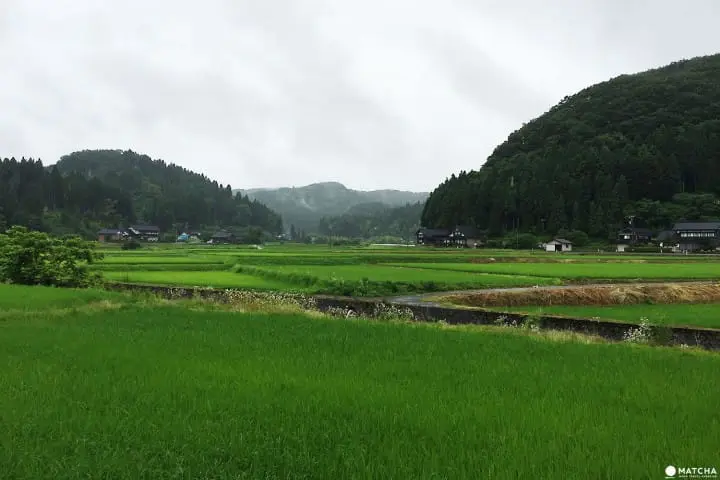
Noto Peninsula in Ishikawa Prefecture is known fondly in Japan for its wealth of natural beauty and traditional heritage. When it comes to sake, Noto is counted among the famous Toji Schools which exist regionally across much of Japan. A Toji is the master brewer in a sake brewery, and it's under his guidance by which sake is brewed from start to finish.
Matsunami Sake Brewery

Matsunami Sake Brewery first opened its doors in 1868 and, now in its 6th generation, continues as a family run brewery. The kawara (black tile) covered roof characteristic of the region, and shuttered wooden doors suggest the rustic charms to be found inside.

On the day of the tour, Ms. Seiko Kinshichi, Matsunami's proprietor, welcomed me with a smile. Kinshichi-san and other members of the staff lead the brewery tours which are provided almost on a weekly basis and through much of the year.
* During the brewing season, from winter to early spring, the tours are limited.
There is no charge for the tour itself which lasts about thirty minutes, but reservations are required at least one week in advance. When inquiring (details below), be sure to include your contact information, requested date and time, and number of guests.
Sake Brewing at Matsunami Brewery
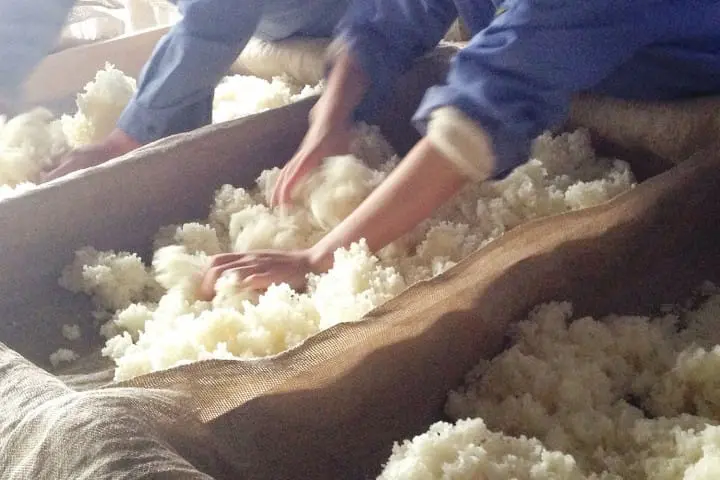
Picture courtesy of Matsunami Sake Brewery
Rice and water are the main ingredients in sake, and ensuring the quality of both is paramount. Brewing starts in early winter, and the autumn's harvest of rice is prepared within the open expanse of the brewery. The characteristically cool and humid air of the Noto winters provide the ideal environment for traditional sake brewing.

The rice for the sake is polished, washed, and then steamed in a massive kettle which can hold more than 700 kilograms of rice at one time! Kinshichi-san explained all this and more using tools and witty insights from her own experience, making the tour both a learning and an entirely pleasant experience.
Signs posted along the tour illustrate the various brewing stages, and are especially valuable when visiting outside of the actual brewing season.
Witness the Stages of Sake Brewing!

Picture courtesy of Matsunami Sake Brewery
The critical step of making koji-rice occurs in the muro, a temperature controlled chamber. Inside is where cultures of koji (aspergillus oryzae) spores are set to germinate upon beds of steamed rice over a period of two days.

Picture courtesy of Matsunami Sake Brewery
Koji-rice, steamed rice, water, and shubo (a seed mash) are gradually combined into tanks forming a mash called moromi. The tanks are tended to over a period of two weeks during which their contents are stirred regularly to ensure evenness of fermentation, and adjusted as needed to maintain proper temperatures.
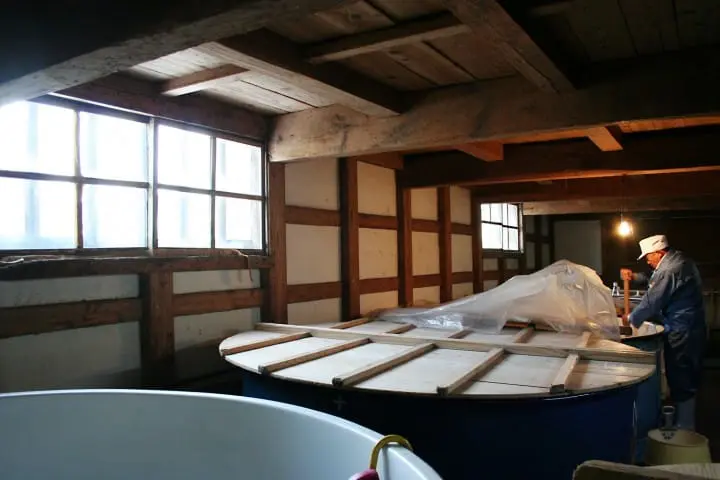
Picture courtesy of Matsunami Sake Brewery
At Matsunami Brewery, all of the work occurs mostly by hand in ensuring the desired final taste and quality of sake. Hewing to traditional methods there's very little reliance on machines and electricity, but rather the experience and techniques handed down through the generations.
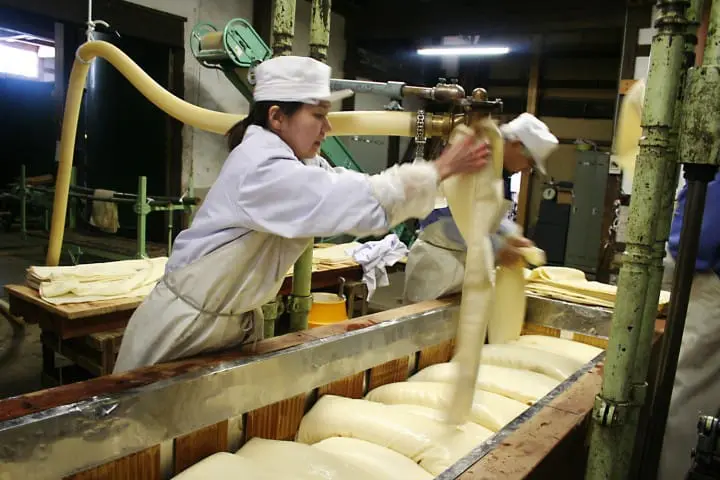
Picture courtesy of Matsunami Sake Brewery
The toji judges the taste and quality of the fermenting moromi, and when ready, it's transported from the tanks and filled into thick cotton bags. The bags are then arranged in layers inside of the fune, a large wooden vessel.
It's expectedly very cold inside of the brewery, and the kurabito (brewery workers) work long days under demanding conditions. They work with a firm commitment and passion, and are at the heart of Matsunami brewery.
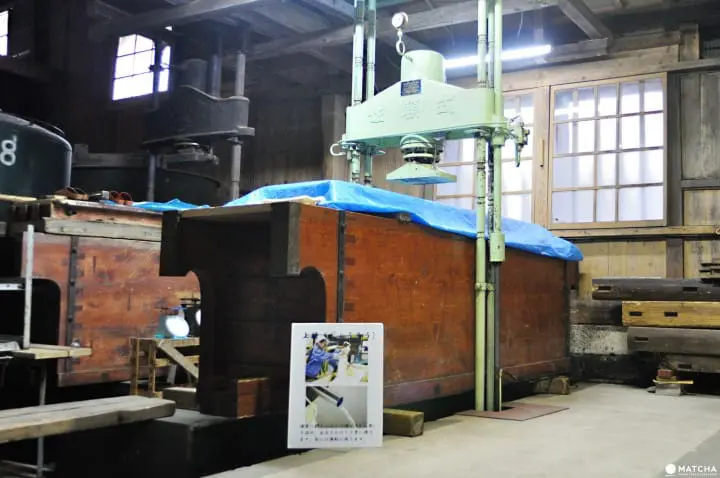
Over three days, the sake slowly filters out of the bags and from the fune, and is collected in a tank. Initially this occurs under the natural weight of the moromi, and then, gradually, the 1.5 ton press is applied. The sake is then transferred to the final stages of pasteurization, bottling and storage.
Oeyama Sake - A Taste You'll Always Remember!
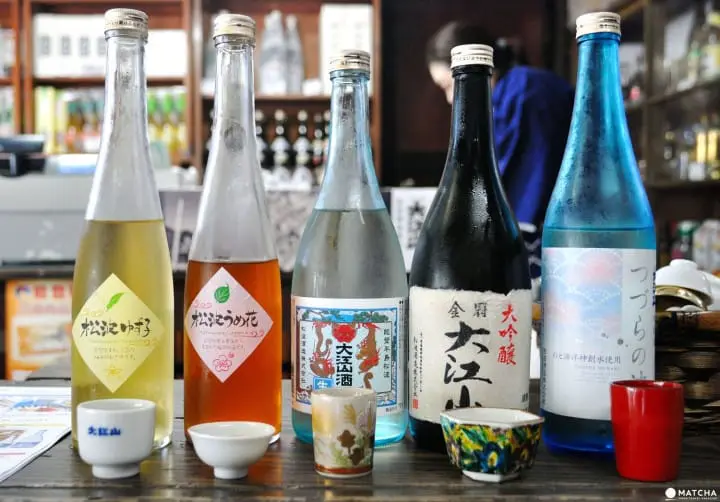
Matsunami Brewery's Oeyama Sake lineup includes the main types of sake (Junmai, Ginjo, Honjozo, etc.), as well as a range of uniquely original blends using liqueurs made with local fruits and vegetables. The tasting at the end of the tour includes all of the above, and charmingly individualized choko sake cups highlight the different taste profiles between the sake types.
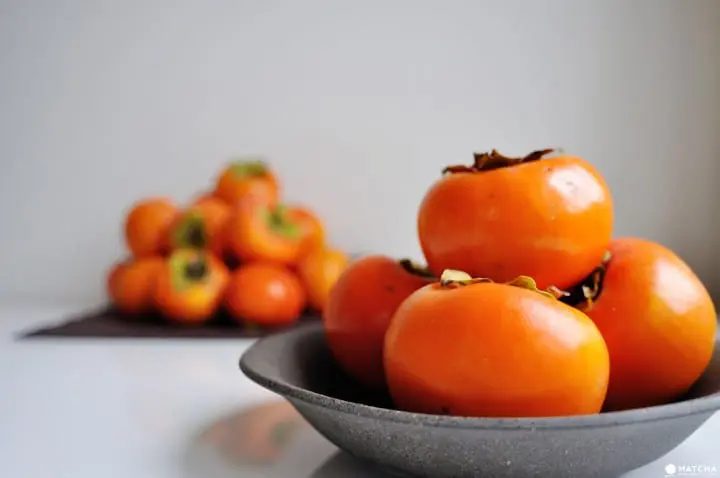
Kaki-shu is a blend of Oeyama sake and persimmon flavored liqueur. The persimmons are local and harvested in autumn, and the liqueur is made in the brewery. This is the same as with Ume-shu (Japanese plum), Tomato-shu, and Gobo-shu (burdock root sake), and so with each season hands are busy inside the brewery making something new.
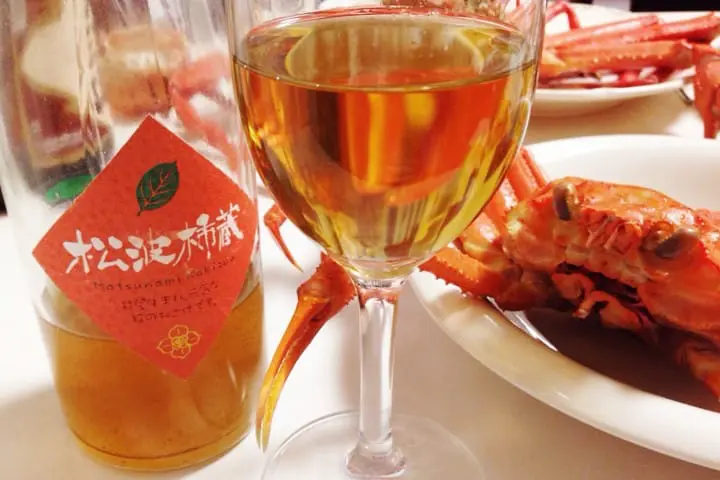
Voila! A match made in heaven using persimmons from local fields, and crabs from the surrounding seas. It tastes great!
In Conclusion

Oeyama Sake can be found both in Japan and in international markets. Abiding by traditional methods and bursting with bucolic charm, Matsunami Brewery brews quality and uniquely original sake. It's all this and much more that Kinshichi-san hopes to share with visitors from both near and afar alike.
A freelance nomad (lost) translator and nerd at heart.








































![[Coupon Available] Attention Overseas Winter Sports Fans! Nagano's Sports Depot Has Evolved](https://resources.matcha-jp.com/resize/720x2000/2026/01/05-254819.webp)
![[2 hours from Tokyo ] 10 Quiet and Breathtaking Views of Mount Fuji in Yamanashi Hokuto City , Yamanashi - Part 2](https://resources.matcha-jp.com/resize/720x2000/2025/12/16-253037.webp)